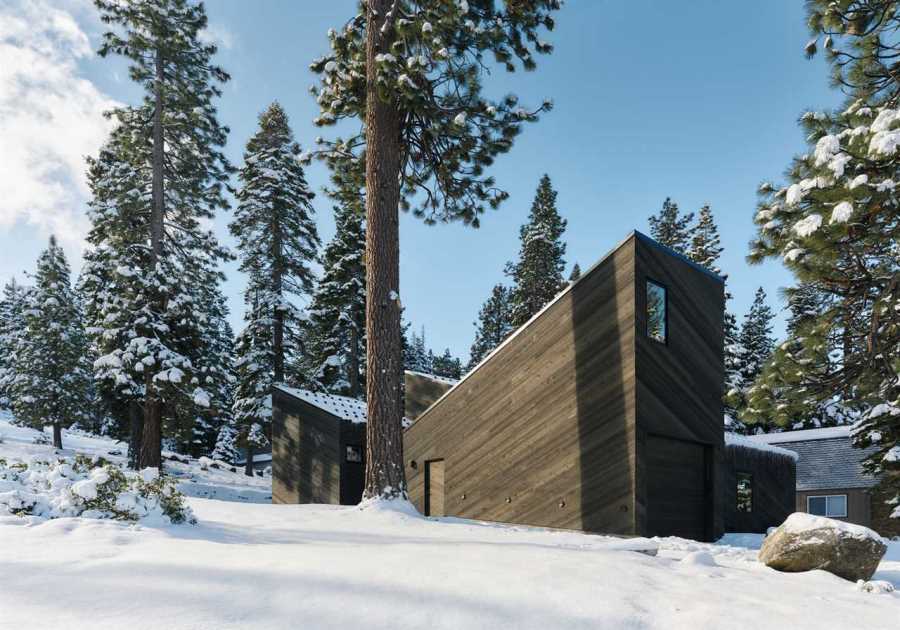Florida is known for its sunshine, warm weather, and natural splendor. The state is flat and tropical, with vast forests and swamps. It has four tropical climate zones, ranging from humid subtropical in the northern part of the state, to rainforest in the southeast.
The climate is warm and humid throughout the state, with annual rain totals around 60” in cities like Pensacola, Tampa, and Miami. However, it’s generally warmer and more humid the further south you go. No matter where you live in Florida, though, you are at risk of natural disasters, such as hurricanes, flooding, and wildfires. When these happen, it’s essential to be prepared.
So what are the most common natural disasters in Florida, how are they changing, and what can you do to prepare? Whether you’re planning a move to Tampa or are looking at apartments in Miami, read on for everything you need to know.
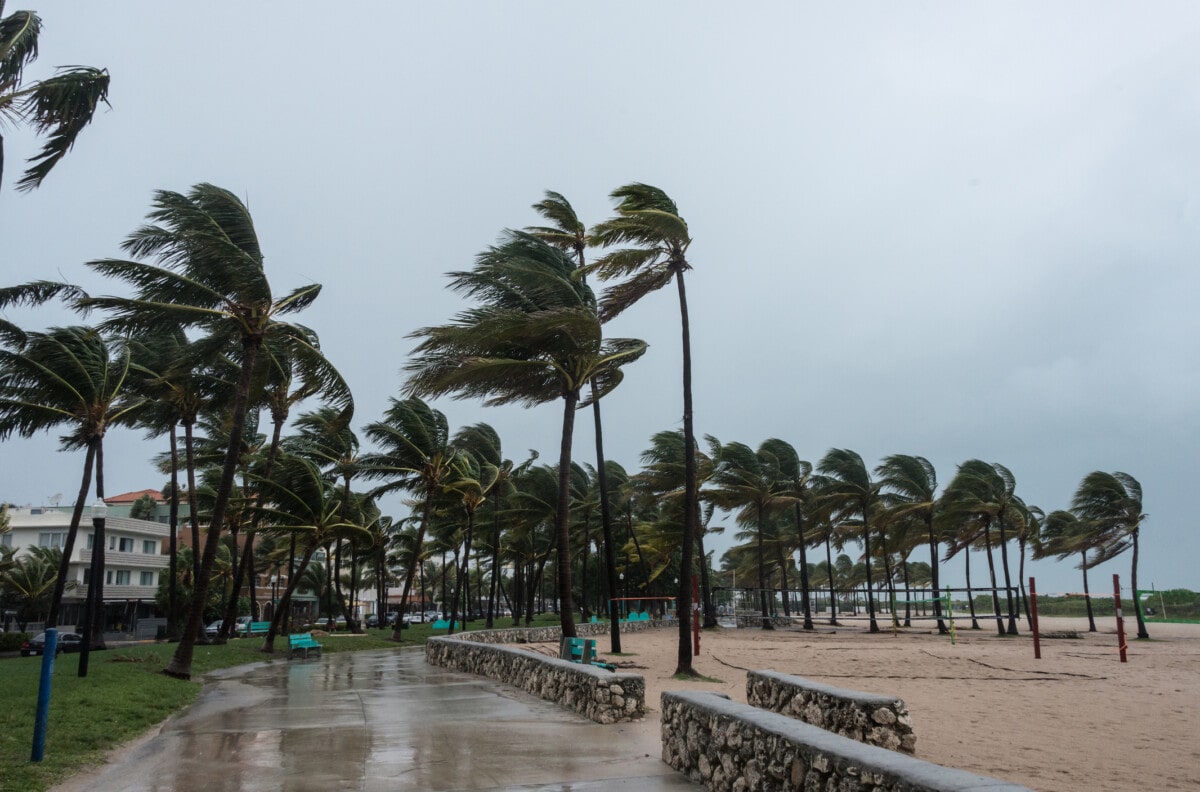
1. Florida hurricanes and tropical storms
Hurricanes are the most dangerous natural disaster in Florida and can cause catastrophic damage, including extensive flooding, wind damage, utility disruptions, loss of life, and more. Contrary to popular belief, hurricanes have impacted every inch of Florida’s coastline and can have devastating effects further inland.
Florida generally receives hurricanes from the Atlantic Ocean, which has a six-month hurricane season that starts on June 1st and lasts until November 30th. The most powerful hurricanes to hit Florida in the past 100 years were the Labor Day Hurricane of 1928, Hurricane Andrew in 1992, and Hurricane Michael in 2018.
According to data from First Street Foundation, 77% of properties in Florida are at risk of wind-related damage due to hurricanes, storms, or otherwise. This is by far the most out of any state in the US and has led to significant consequences. Hurricanes alone have cost homeowners, renters, governments, and insurance companies hundreds of billions of dollars. In fact, in 2022, Hurricane Ian cost nearly $50 billion, making it the most expensive storm in Florida history.
Florida is also prone to major thunderstorms, tornadoes, and damaging hail, which generally affect the central part of the state and can cause major damage.
Additionally, as climate change worsens, hurricanes will get more powerful, damaging, and costly. We’ve already seen this happening in Florida; in the past 20 years, billion-dollar disasters have increased by 92% (from 25 between 1984-2003, to 48 between 2004-2023).
How to prepare for hurricanes and tropical storms in Florida
Because Florida is at such a high risk of hurricanes and tropical storms, it’s essential to be prepared. Whether you live on the Gold Coast or in the Florida Panhandle, here are a few tips to help:
- Stay updated on forecasts and follow all official evacuation orders.
- Familiarize yourself with the Florida evacuation zone map.
- Create a waterproof hurricane emergency kit, which should include water, nonperishable food, a can opener, medications, first aid supplies, important documents, and more.
- Keep a charged, durable communication device on hand to receive emergency warnings and to contact family.
- Strengthen your home from winds by decluttering drains and gutters, bringing in outside furniture, and trimming trees.
- Secure your doors and board windows, or install hurricane shutters. You can also hire a contractor to help prepare your home, but be aware of scams.
- Purchase flood insurance.
- Establish a safe room in case you can shelter in place.
- Inspect and repair your roof.
- Raise your home to protect it from storm surges and flood damage. This can be very expensive though, so ensure you do your research before moving forward.
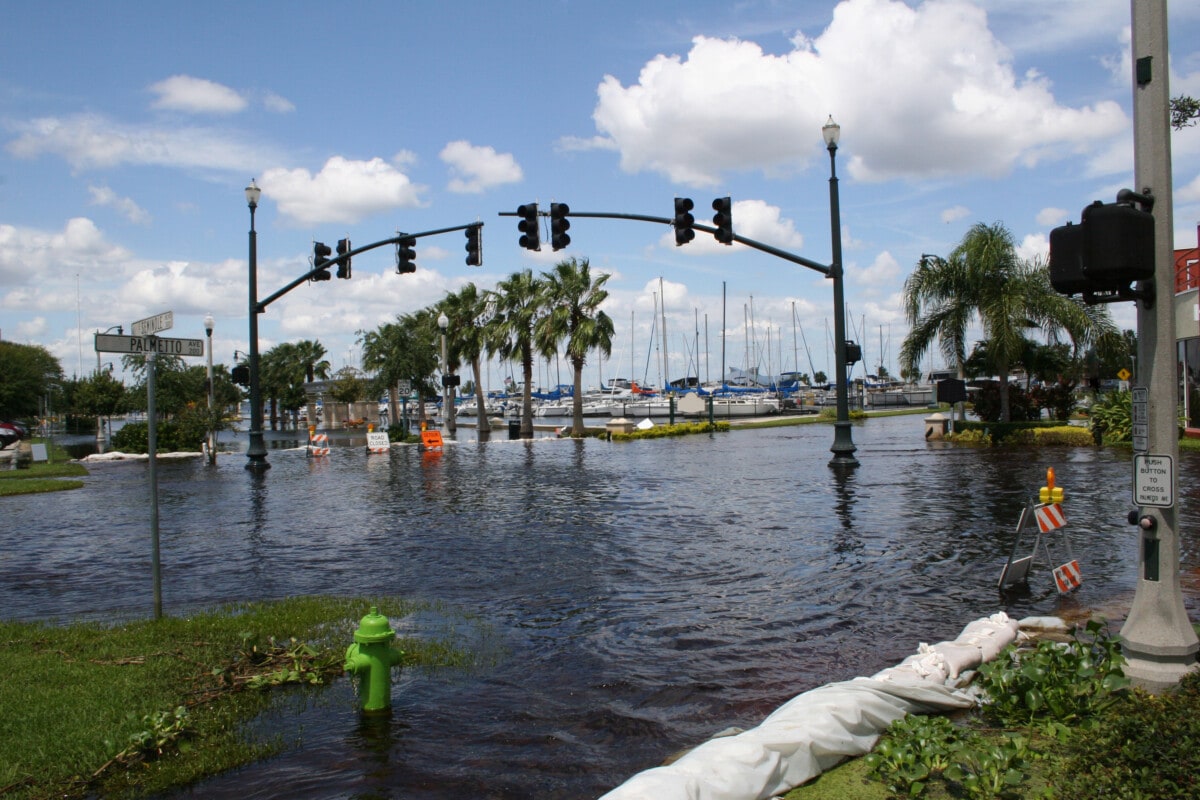
2. Florida flooding
Florida is exceptionally prone to flooding; it’s the flattest state in the US, receives some of the most rainfall, and has limestone bedrock, which provides little absorption. Furthermore, South Florida is built on drained wetlands, which are highly susceptible to flooding.
This flooding affects millions of people and can be catastrophic. Florida has over 150,000 properties in the highest category of flood risk, second only to West Virginia. Recently, heavy rain dumped over 25 inches of rain on Fort Lauderdale in just 12 hours, causing dramatic flooding. Flooding is also common during hurricanes and tropical storms.
Flooding due to storms also doesn’t account for future sea level rise due to climate change, which is the most pressing issue. Sea levels are already as much as 8 inches higher than they were in 1950, and by 2050, they will rise another 10-12 inches. This will have dramatic effects throughout coastal Florida, impacting groundwater supply, storm surges, utility infrastructure, and daily tides, which could flood cities regularly. By 2080, coastal cities in Florida will likely be permanently flooded without dramatic prevention.
The state, and many cities, already have numerous $100 million, multi-year prevention measures, which include new levees, canals, pumps, native vegetation, and more. However, due to excessive development and landowner rights, these are very controversial and don’t help everyone who needs it, leaving many homeowners with the responsibility.
How to prepare for flooding in Florida
In Florida, preparing for a flood is essential for daily living, particularly during thunderstorms, tropical storms, high tides, and other heavy rainfall. Here are a few tips to help cope with flooding in Florida:
- Familiarize yourself with flood risk maps for your area to see your potential risks. If you live near the coast, you likely live in a flood zone.
- Purchase flood insurance if you’re in a high-risk zone and can afford it. Flood insurance premiums are expected to surpass 700% in the next few years in many states, including Florida, which may make your policy unaffordable. Many people already go without insurance. For context, nearly 80% of losses from Hurricane Irma were uninsured.
- Keep emergency supplies on hand, including non-perishable food, water, medications, and important documents.
- Elevate valuable items in flood-prone areas of your home, and install sandbags or barriers if necessary.
- Invest in flood sensors.
- Stay tuned to weather forecasts and alerts, and have a communication plan in place with your family.
- Understand your local flood and tsunami evacuation routes.
- Continue to ask for wide-scale flood prevention measures. Many cities already have $100 million, multi-year prevention measures, which include new levees, canals, pumps, native vegetation, and more. Due to excessive development, these are very controversial and are not developing as quickly as needed.
3. Florida heat
Extreme heat is the most common danger that Floridians face; Florida has the highest percentage of properties with a severe or extreme heat risk in the US. In fact, out of 9.12 million homes, 77% are at the highest level of risk, affecting every major city in the state. This means that in 30 years, most of the state will regularly experience temperatures exceeding degrees Fahrenheit.
Florida is also the most humid state in the US, with an average relative humidity of around 80% (dew points, a more reliable way to calculate humidity, average around 60 degrees.) High relative humidity combined with high temperatures create conditions that can feel like 130 degrees or more, which is extremely dangerous.
The heat in Florida is more dangerous than in other states because of how consistently warm it is, regardless of heat waves. This means that it’s essential to prepare for permanently warm summer temperatures in addition to heat waves. Additionally, average Florida temperatures are expected to rise by up to 10 degrees by 2100, with heat indexes rising by up to 15 degrees, the most in the country.
How to prepare for heat waves in Florida
The heat in Florida can be intense during the summer and can cause health issues, including heat stroke and dehydration. As such, it’s essential to be prepared. Here are a few ways to stay cool in extreme heat:
- Stay updated on forecasts and advisories to prepare for a heatwave.
- Prepare a meal plan that doesn’t involve cooking indoors during the summer.
- Stock up on lightweight, protective clothing.
- Close blinds, shades, and curtains.
- Stay hydrated before, during, and after a heat event, especially if it’s humid.
- Make sure your air conditioning is functioning properly.
- Install a generator in case the power goes out due to strained utility systems.
- Limit outdoor activities to the early morning and late evening.
- Switch from incandescent to LED light bulbs.
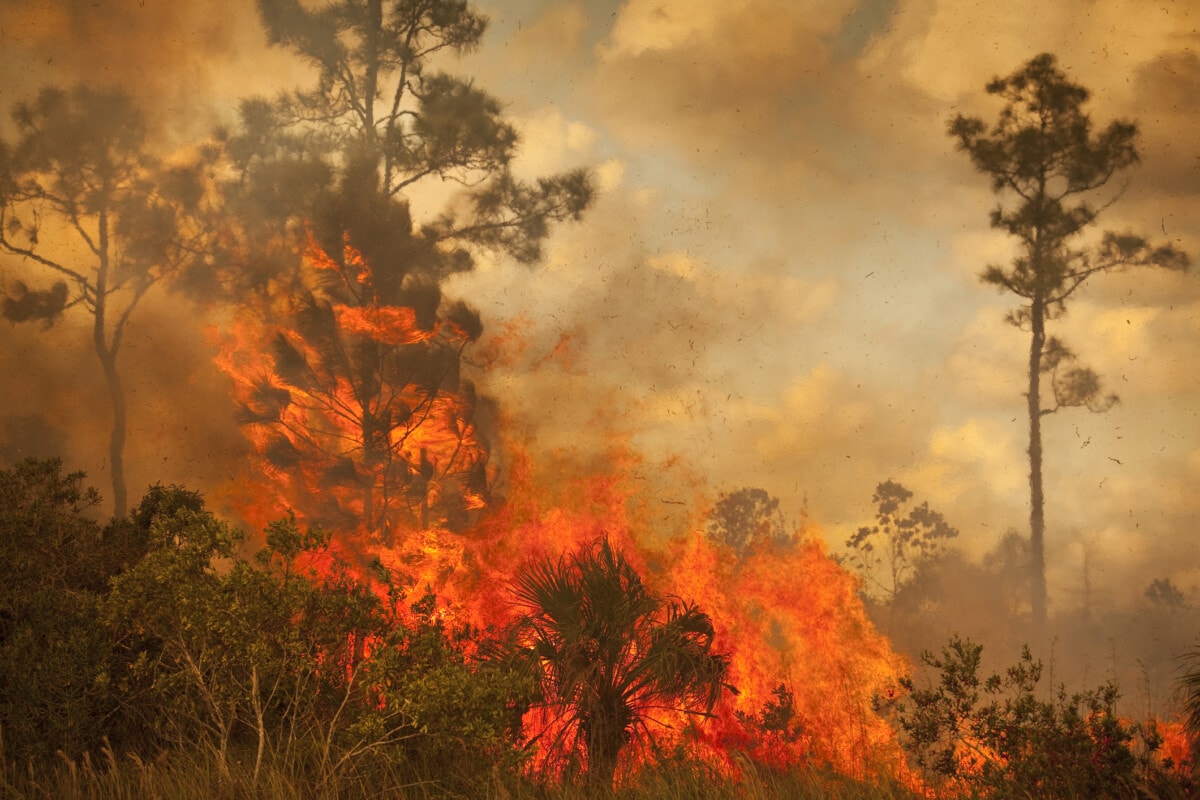
4. Florida wildfires
Wildfires are a major concern in Florida and can happen anytime of the year, though they’re most common during the dry season from January to July or during a drought in the summer and fall. They affect people, too. Over 58% (5.3 million) of properties in Florida are at risk of being impacted by wildfires. Even though Florida is the lightning capital of the US, arson is the most common cause of fires in the state.
Wildfires in Florida are often fueled by a high amount of ground level vegetation – Palmetto and Inkberry are the most common – typically after a wet winter or spring followed by a drought. These conditions can cause exceptionally dangerous fires, such as the Florida Firestorm of 1998, which burned over 500,000 acres and prompted evacuations of over 120,000 people. However, in general, due to high vegetation and year-round risk, Florida fires have a reputation for spreading extremely quickly.
Florida is unique because of how storms can impact fire weather. For example, tropical storms and hurricanes often drench a large part of the state, but areas along the periphery of the storms are at an increased risk of wildfires. This is largely due to fallen timber, high winds, and possible lightning. Recently, the fires in Maui in 2023 were especially destructive, largely because of high winds from nearby Hurricane Dora.
How to prepare for wildfires in Florida
If you intend to move to Florida or already call the state home, preparing for wildfires is essential. Here are some tips to help:
- Create a defensible space around your property by removing flammable materials and trimming or removing dry vegetation.
- Install interior and exterior sprinkler systems, if you have access to enough water and drought restrictions don’t prohibit it.
- Install a generator to keep the power running in case of power outages.
- Stay updated on fire weather forecasts and follow all fire restrictions.
- Prepare for poor air quality by purchasing an air purifier and installing HEPA air filters on air conditioning units.
- Build an emergency kit with essentials and valuable documents.
- Ensure your insurance adequately covers fire damage, or understand the risks of going uninsured.
- Work with your community. This is the most successful way to mitigate fire risk in your neighborhood.
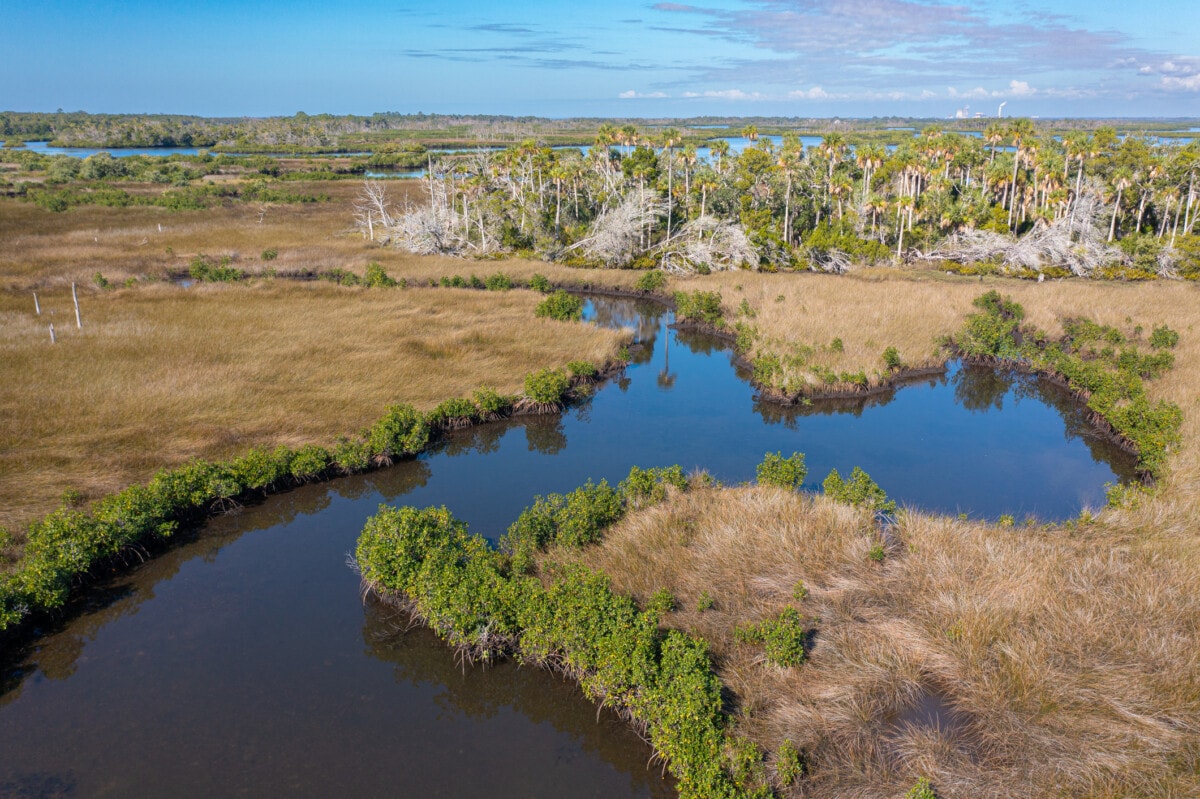
5. Florida drought
Florida may be the wettest state in the US, but it also regularly experiences drought. In fact, since 1900, there have been 11 severe and widespread droughts. The state also regularly experiences localized and long-term droughts that can lead to water restrictions.
Many parts of Florida experience drought, especially during the winter dry season and even into the spring and early summer. In fact, from at least April through August 2023, most of Florida experienced some level of drought, with parts of Tampa in the severe range. This was primarily due to shifting wind patterns as a result of a warming Atlantic Ocean – in other words, climate change. This is expected to worsen in the future.
Droughts can increase the frequency and severity of other disasters, such as forest fires and heat waves.
How to prepare for drought in Florida
Drought may be infrequent in Florida, but its effects can be severe. Unfortunately, droughts are becoming more frequent as climate change continues altering normal weather patterns. As such, it’s essential to be prepared. For example:
- Conserve water in daily tasks.
- Follow all regulations and reduce water use however you can.
- Upgrade to water-efficient fixtures and appliances.
- Use drought-resistant landscaping, or consider replacing your lawn with native plants.
- Support local initiatives promoting water conservation.
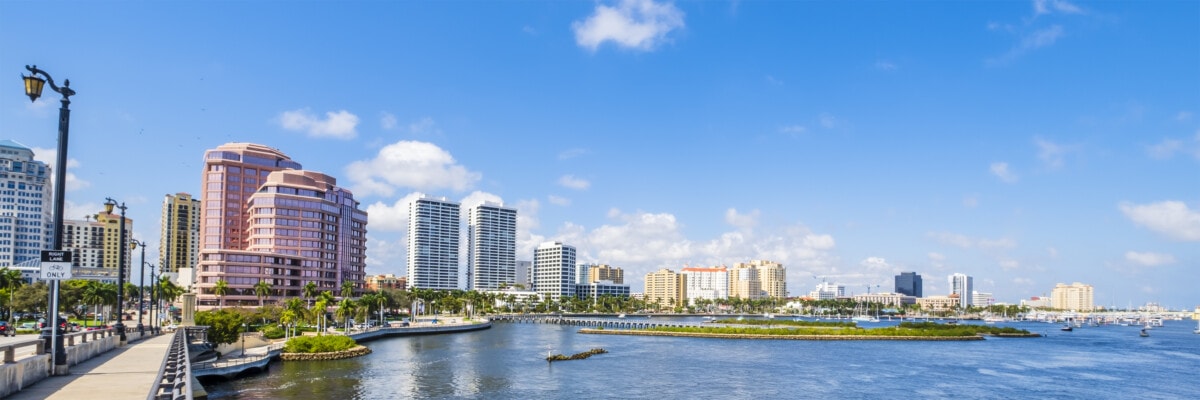
Final thoughts on natural disasters in Florida
Florida is a warm, sunny state home to diverse cities, world-renowned landscapes, and pleasant winter weather. Because of this, the state’s coastal cities have been popular migration destinations since near the beginning of the Covid pandemic. In fact, in 2021, Miami’s homebuyer migration tripled compared to the previous year. However, Florida is also prone to numerous natural disasters, especially hurricanes and flooding, leaving hundreds of thousands of new homebuyers at risk.
If you’re considering moving to Florida or already call the Sunshine State Home, make sure you’re prepared for natural disasters and long-term climate events. Understanding your risks and adequately preparing are helpful to make the most out of living in Florida. The National Weather Service and the Florida state government offer experimental maps that show forecasted and past risks in any given area, which can help you prepare.
Lastly, many natural disasters are worsened by climate change. So no matter how you prepare, reducing your carbon footprint and advocating for systemic change are the best long-term solutions.
This article is for informational purposes only. Individual results may vary. This is not intended as a substitute for the services of a licensed and bonded home services or disaster prevention professional. Always seek expert advice and follow all official guidance before, during, and after a disaster.
The post Natural Disasters in Florida: What Homeowners and Renters Need to Know appeared first on Redfin | Real Estate Tips for Home Buying, Selling & More.
------------Read More
By: Jamie Forbes
Title: Natural Disasters in Florida: What Homeowners and Renters Need to Know
Sourced From: www.redfin.com/blog/natural-disasters-in-florida/
Published Date: Thu, 21 Sep 2023 18:06:08 +0000
.png)





